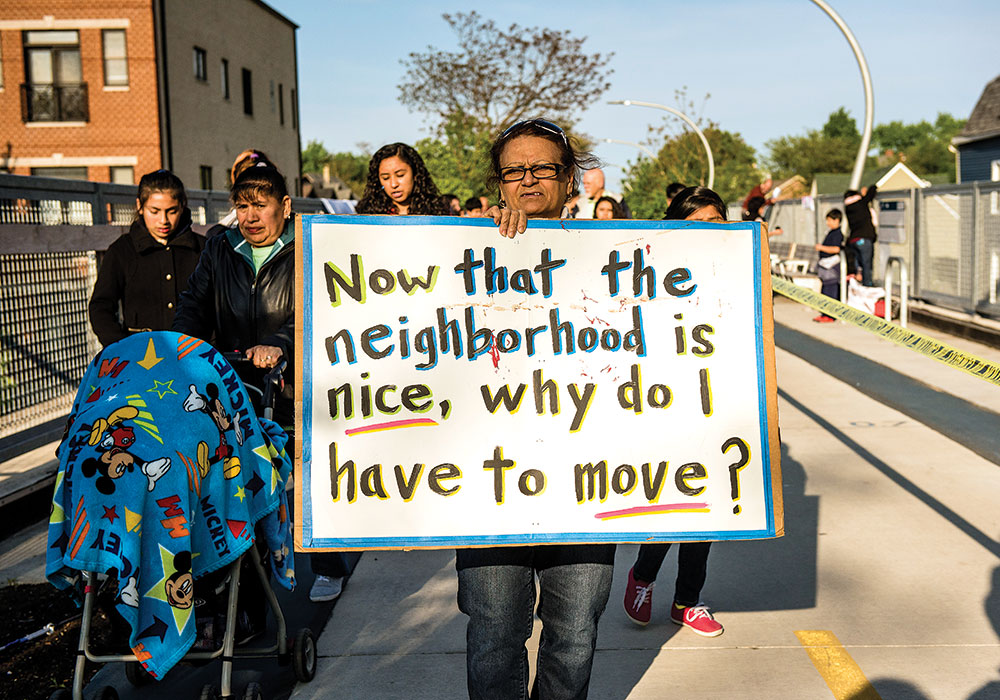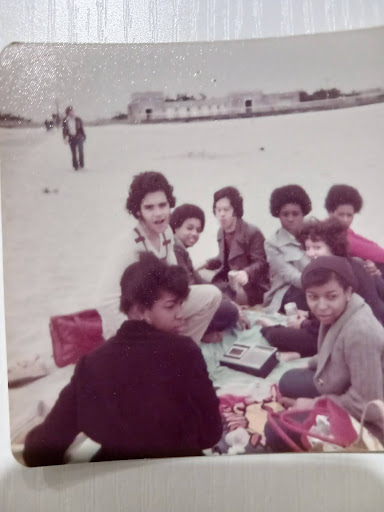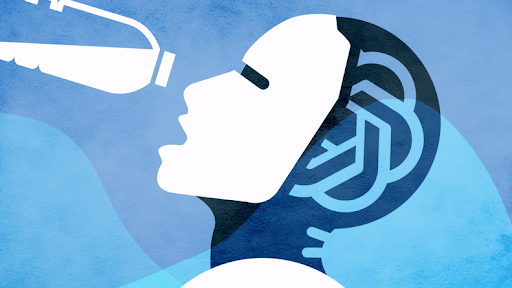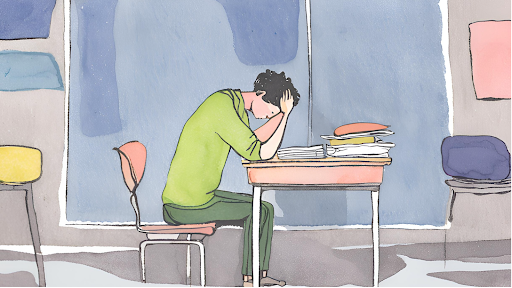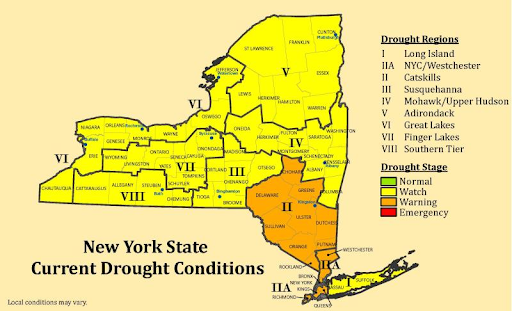“Stand Clear of the Closing Doors Please!” Over three million New Yorkers hear these words on their daily commute. Around five hundred thousand of these subway users are students attending hundreds of schools across the city. This past September, the way in which students pay their fare has undergone a major change, as New York City has switched from the classic student MetroCard to One Metro New York (OMNY) cards.
The Metropolitan Transit Authority (MTA) has issued student MetroCards for almost 28 years, after they initially replaced student transit passes in the 90s in an effort to save money. The MTA felt that students abused the previous transit passes, using them for personal reasons rather than just commuting to and from school. The MetroCard would limit the amount of rides students could take and the hours of usage.
At the time, then-MTA spokesperson Tremaine C. Garden stated, ”We have a lot of kids who don’t even go to school, playing truant, and they view it as a free pass to ride around.”
While truancy was a real concern for school officials, the MetroCard created new issues. Students didn’t fully value the MetroCards they received. Rather than swipe, students would opt to hop the turnstile or use emergency exit doors. “If it’s free and we’re not paying anything, it’s basically the same thing. That’s what they all say,” said Software Engineering major Justin Wang (‘25).
The misuse or complete abandonment of the student MetroCard raised major concerns that had to be taken into consideration when developing the new OMNY cards. The time limit on student MetroCards, along with the meager three swipes allowed per day, added unneeded inconvenience to commutes. Students could only use the MetroCard on weekdays from 5:30am to 8:30pm.
This prevented students who had late after school activities from using their cards, forcing them to either jump the turnstile or pay out of pocket. All students with weekend commitments were forced to make the same decision.
Students like Law and Society major Marlin Xie (‘25) had issues with the MetroCard’s limitations.
“Saturdays, I have a program at NYU that previously I had to pay separately for,” stated Xie. “It’s like, for example, because of school on the weekdays, I will have a dentist appointment on the weekend. I had to pay for myself. But with the new OMNY card, it’s better, it’s easier to save money getting to places.”
Though the original MetroCard wasn’t meant to provide students with transportation needs outside of school, the new OMNY card has helped students commute to school and any commitments they may have.
Students now receive OMNY cards in September that last the whole school year instead of being replaced after each semester, as was the case for student MetroCards. The new OMNY card’s yearlong utility saves both teachers and students the hassle of the biannual redistribution process.
Student OMNY cards include four rides per day and permit usage during weekends and summer break.
“Last summer, I was in a program at Fordham University,” said Ariel Segura (‘27). “It wasn’t that far, but it still required public transport. And it was really annoying that my mom had to pay $34 a week to allow me to transport myself to Fordham. It was really annoying, but now it’s going to be really, really nice that this summer, I’ll be able to use [the OMNY card] to go wherever I need to from the city.” .
When announcing the new student OMNY cards, Mayor Eric Adams stated the OMNY cards “are a game-changer for families across New York City, particularly for working-class families that need just a little more help to afford our city — families where older siblings pick their younger brothers and sisters up from school or where kids have after-school and summer jobs to help make ends meet.”
Janno Lieber, the current MTA chairman, believes OMNY will have a positive impact.
“The student OMNY card program makes it even more convenient for kids to use the public transit system, teaching them how indispensable it is to New York City,” he said.
OMNY cards are not without flaws, however. Many students dislike the weak paper material of the card.
“It doesn’t really make sense that they implemented paper in the first place, because one, we do have OMNY cards that aren’t paper, and we do have student OMNY cards that are plastic, that college students use,” said Wang. “But for high school and public school students to have this, it’s kind of a pain in the neck.”
Other students feel that the flimsiness of the material jeopardizes the use of the card.
“That’s my one big issue,” said Segura.“I think you also have to consider the maturity of teenagers, and the fact that they just play around with things, the flimsiness, it’s really a risk. I would say I don’t like how easily it’s able to be broken. I think that’s a really, really big con that comes with this card, but I do think it could be improved upon.”
Some students wish they could add the card virtual wallets.
“I think [students] should be able to put [the OMNY card] in their wallets,” said Civil Engineering major Madison Liu (‘25). “I mean, it doesn’t hurt, and it’s usually a little more convenient, because I think most students usually put their MetroCards or OMNY cards…behind their phone case anyways.”
The MTA is currently working on Digital OMNY cards, and Lieber hopes to launch them next year,” when all of the software is done.”
Ultimately, in a poll conducted by The Survey, 86% of Tech students preferred the new student OMNY card.
“I like the old MetroCards,” said Wang. “But there’s a reason that we’ve gone forward implementing the new student OMNY cards. So as far as I’m concerned, bye Felicia!”









